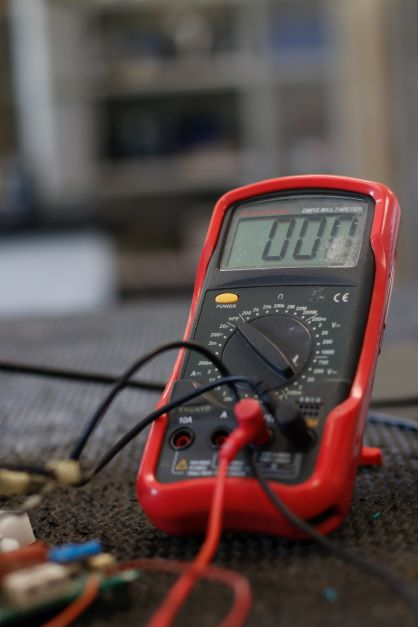There are many potential reasons for a bow or stern thruster not functioning properly, and many components of any thruster system that need to be checked to diagnose the specific cause of a failure. The most common causes of a thruster failure are related to the power supply or a physical obstruction in the propeller or tunnel, and not the thruster itself, so any issue can often be easily resolved without much troubleshooting or a need for replacement parts. Before contacting a service technician to troubleshoot any issues with your bow or stern thruster, check these four common causes of thruster issues.
-
Check Battery Switch
All proper thruster installations have a battery disconnect switch dedicated for the thruster. Locate the switch and make sure it is turned on.
-
Check for tunnel obstructions
If your thruster was working properly and suddenly stopped, it’s possible that something like a stick, dock line, fishing line or other obstruction got sucked into the tunnel and fouled the propeller from spinning freely, causing the thruster to stop working. The same can be said if the boat has been sitting in the water dormant for a while, as barnacles and other marine growth on the gear leg and propellers can cause issues. Simply get in the water and visually inspect for any obstructions and spin the propeller with your hand to make sure it is moving freely. Make sure the thruster is turned off at the battery switch before getting in the water.
-
Check Battery Voltage
One of the most common causes of thruster-related issues is having insufficient power from the battery to run the thruster. Be sure to check the voltage at the battery or batteries powering the thruster while someone is attempting to run the thruster for 10 seconds. Often times a battery will show sufficient voltage when in a resting state, but as soon as an amp-load as demanding as a thruster is activated the voltage of the battery drops down significantly, leaving the thruster without enough power to run. If the battery is on the borderline, this can also be the cause of intermittent issues with the thruster.

-
Check fuse
Every proper thruster installation has an in-line fuse that is designed to protect the electrical circuit from power surges or excessive temperatures. In the event that your thruster stops working altogether, be sure to locate the fuse and check that it is in tact. Many fuses have visual indications that they have blown, but the best way to be sure is to simply check that voltage is present on both sides of the fuse. If not, your fuse has blown and should be replaced. Be sure also to revert to step 2 and check that there are no obstructions in the thruster tunnel that caused the motor to strain, demand more power, and cause the fuse to blow.
If none of the above prove to be the cause of the issue with your bow or stern thruster, the next step is to begin troubleshooting the thruster itself with the help of a troubleshooting guide from the thruster manufacturer. If you have a Sleipner (Side-Power) thruster, Imtra put together this detailed video guide below to assist you in troubleshooting your thruster. Of course, if you would like the assistance of an expert in troubleshooting, feel free to contact us or locate a local service technician.